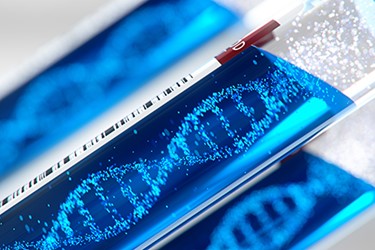Risk Mitigation Strategies For Raw And Starting Materials Used In Gene Therapies

Despite being described as one of the most complicated treatments ever devised, gene therapy is projected to become a $5 billion per year industry, worldwide, by 2026. The US Food and Drug Administration (FDA) has predicted they will be approving between ten and twenty gene and gene-modified cell therapies per year by 2025.
Recently approved cell and gene therapies are delivering impressive results for patients who otherwise have exhausted all treatment options or have had no options available to them. The combination of these results, along with a deeper understanding of the underlying biology, is fueling this explosive growth. With nearly 800 of these therapies currently in development , the FDA’s prediction appears to be on target.
While these innovative modalities are generating significant excitement and anticipation among patients and caregivers, manufacturers are faced with many challenges in the journey from development to commercialization including:
- Lack of a standardized pathway: Unlike most monoclonal antibodies which follow a relatively templated process in discovery and clinical development, gene and cell therapies often have highly complex discovery paths and mechanisms of action.
- Accelerated development timelines: Because gene therapies tend to focus on rare diseases with a high unmet need, they often have accelerated regulatory review pathways. Traditional phases are often consolidated and phase-related activities performed in parallel to accelerate progress.
- Newly established and evolving regulatory guidance: The FDA finalized guidance for several aspects of development of gene therapies in 2020. The novelty of the guidance, however, contributes to the complexity and risk of advancing these novel therapeutics.
- Risks related to process development and manufacturing: Success in this complex and highly competitive field requires managing uncertainties and risks throughout process development and manufacturing. This can be especially challenging when operating with compressed regulatory timelines and a sense of urgency to address significant unmet patient needs.
Within this challenging environment, a number of risk mitigation strategies related to the materials used to produce viral vectors can be employed. In addition to mitigating risk, these strategies can help accelerate progress towards commercialization of these remarkable therapeutics.
Get unlimited access to:
Enter your credentials below to log in. Not yet a member of Cell & Gene? Subscribe today.
